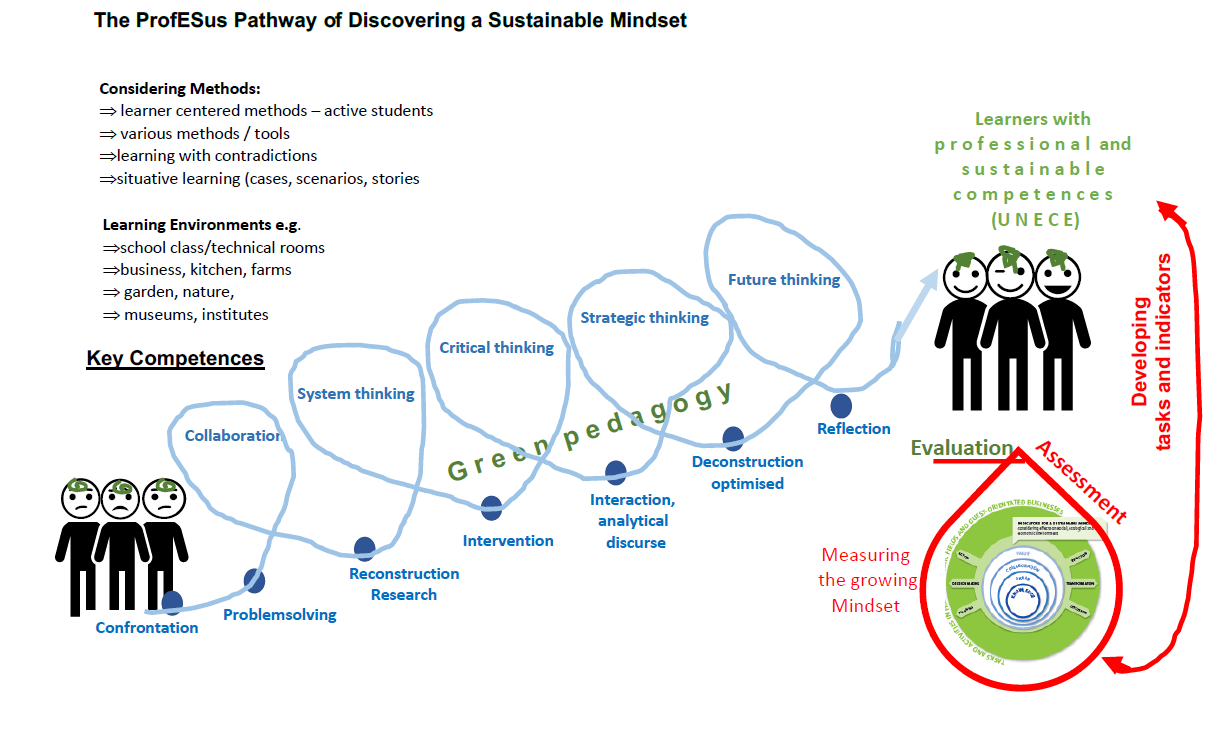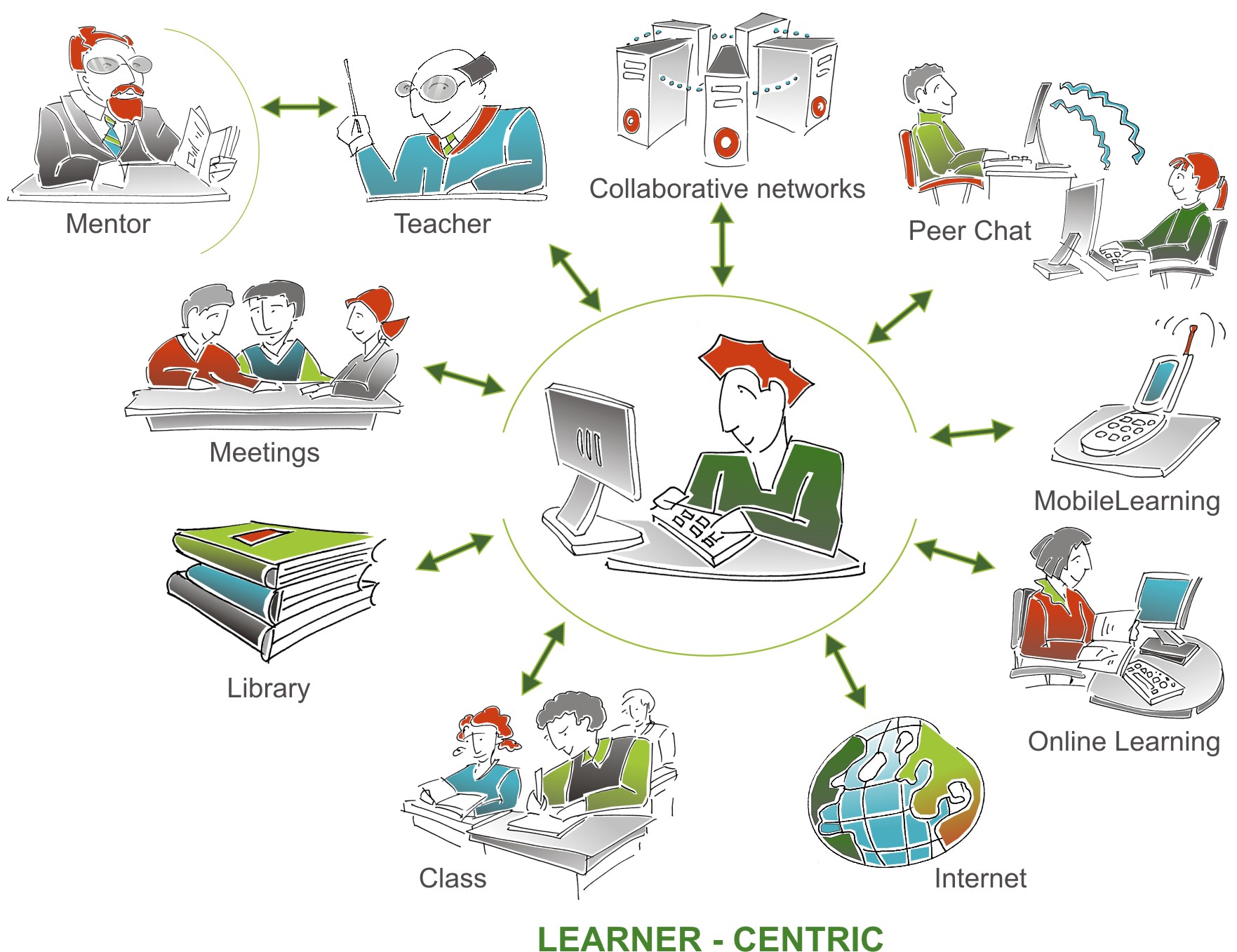We partners in the Prof E Sus project are adamant on this point. If a sustainable mindset is to be nurtured to the extent that it becomes second nature in your students then the path to this state has to be strongly learner-centred. But why?
It can look a little strange to see the list of approved pedagogies on the UN course page to train teachers in ESD, without any explanation of the common thread that runs through them.
- Experiential learning
- Storytelling
- Values education
- Enquiry learning
- Appropriate assessment
- Future Problem Solving
- Learning outside the classroom
- Community Problem Solving
Or take this list from Canada’s Resources for Thinking as key strategies that transform learning for Environmental Education, Citizenship and Sustainability.
- Learning Locally
- Integrated Learning
- Acting on Learning
- Real-world Connections
- Considering Alternative Perspectives
- Inquiry
- Sharing Responsibility for Learning
In the Prof E Sus pilot course, our participants often told us that they had very limited time in which to achieve the sustainability objectives of their course (if they were included at all in the official curricula). And the temptation is therefore extremely strong to simply tell. That is so much quicker than experiential, project or otherwise learner-centred learning.
But in a situation where you are attempting to change someone’s mind and habits then telling is far from enough. Students have to be able to feel what it is like to be sustainable, they have to uncover the different options and perspectives for themselves and that takes time.
In our cohort of pilot pioneers this led to collaborations, of for example English and home economics teachers, to a realisation that teachers are no longer the main source of knowledge, which now largely lies online, and that can free up time to try more experiential (aka slower) approaches.
We did not find all the answers in the Prof E Sus project, but our pilot course did lead to the realisation that lasting effects can only be achieved through slow, learner-centred progress.
That is the only way that we can hope to travel from the limited sustainability mindsets at the beginning of the learning pathway (bottom left in the graphic below) to the more embedded sustainability mndsets we see at the end of the learning pathway (top right).

The corollary of a learner-centred approach is that the teacher must also have the experience and have a sustainable mindset otherwise how will it be possible to design learning activties that help students discover their own sustainability mindsets? As well as providing the requisite experience, a sustainably-minded teacher can be a powerful role model for their learners.
Arguing for sustainable practices in the home economics kitchens while visibly wasting food and resources elsewhere in the school will simply counteract any progress made in the classroom.

